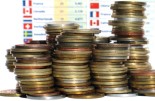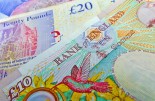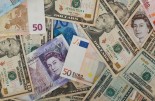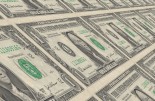Monex: Eurozone PMI's perform better than expected, raising EUR exchange rate
Monex: Eurozone PMI's perform better than expected, raising EUR exchange rate
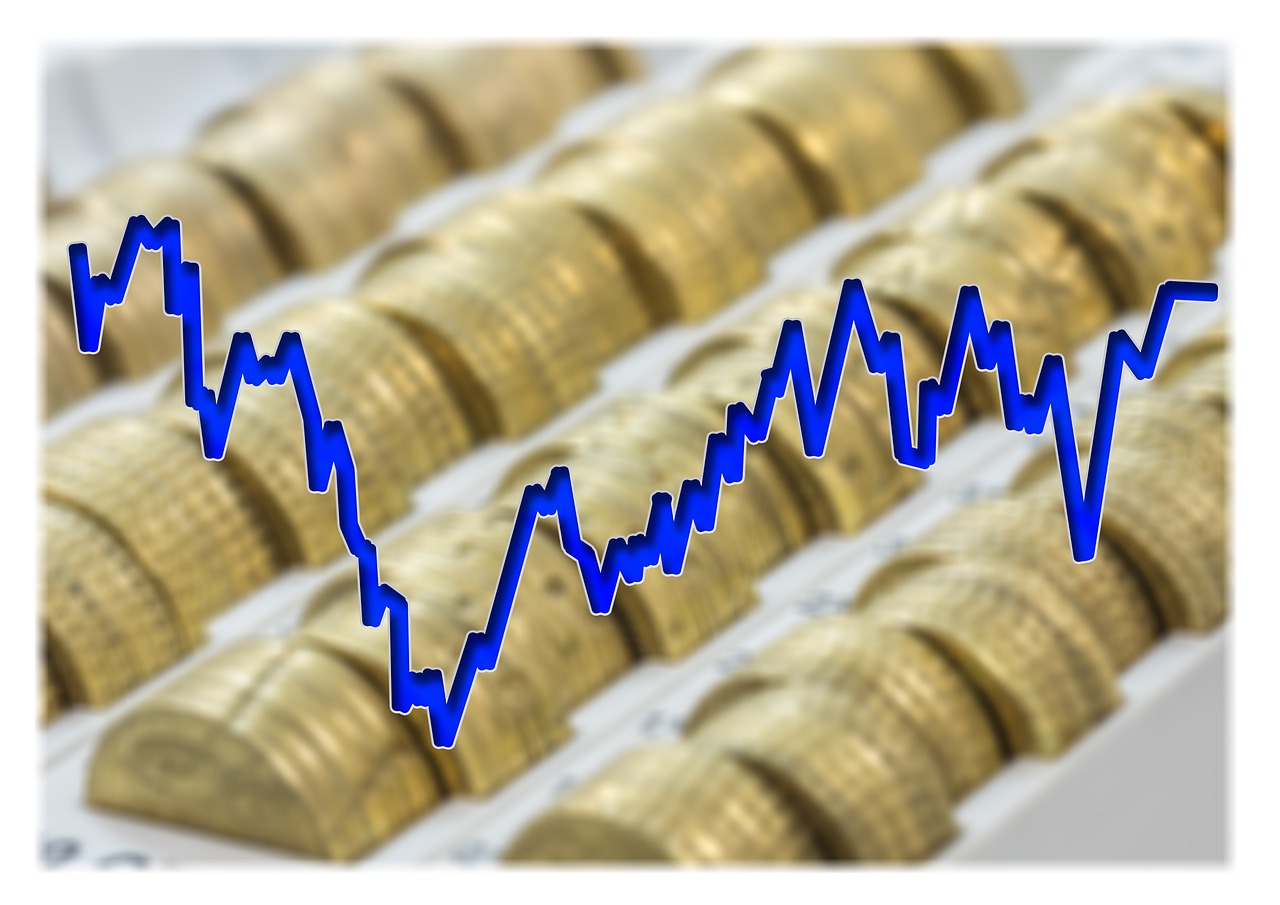
Below follows a short commentary by Ranko Berich, Head of Research at Monex Europe, on the American dollar, the euro and British pound.
EUR
The euro was among the best performers against the US dollar this morning despite Germany going into a hard lockdown as of today, with EURUSD reaching highs last seen in April 2018. The euro found support in French and German Purchasing Managers’ Index figures which printed better than expected, indicating that confidence in the eurozone is improving. The composite PMI in France climbed to 49.6 in December, a significant uptick from November’s 40.6 and the consensus of 43.0. Although the headline is much stronger than anticipated, it does not take away the fact that the lion’s share of the bloc is currently in lockdown and this will undoubtedly weigh on activity in Q4. Part of the reason the headline figure increased by almost 10 points relates to the way the PMIs are measured: the figures indicate a change from the previous month. In November, a large share of firms reported decreasing output following reimposed containment measures at the beginning of the month. From November to December, while overall production was still falling, fewer firms reported a decline in output compared to the month before. In other words, the figures may create the impression that the eurozone is in a better place than it actually is. In Germany, the composite PMI rose from 51.7 in November to 52.5 in December. The manufacturing index once again was the silver lining of the data and rebounded to a punchy 58.6 from 57.8 in November. Employment fell in the eurozone this month, while new orders marginally rose for the first time since September. The business expectations regarding output rose to the highest level since April 2018. Overall, the data shows increased confidence supported by an expected rebound in demand when vaccines become widely available. However, markets should still be mindful of a grim Q4 GDP outlook.
Euro climbs above 1.22 against the dollar for the first time since 2018 after better than expected PMI data

USD
The dollar’s decline has resumed the past few days after a week or so of stable price action. The broad dollar DXY index has hit fresh two and a half year lows today as fiscal stimulus continues to sit in sight but just out of reach and markets get ready for the last Fed meeting of the year. House Speaker Nancy Pelosi said two rounds of meetings with bipartisan congressional leaders made progress towards a deal on pandemic relief and government funding for 2021, with Senate majority leader Mitch McConnell stating he is “optimistic we’re gonna be able to complete an understanding sometime soon”. The clock is ticking down to strike a consensus for a fresh stimulus package with unemployment benefits set to expire on December 26th as things stand, at a time when the labour market sits under renewed stress from the third wave. The Federal Reserve will be more than aware of the risk this poses to the economic recovery when it meets tonight for the last time this year. Many expect the Fed to strike a downbeat tone about economic conditions in the near-term but show cautious optimism over 2021 GDP and the longer-term recovery. While conditions have deteriorated since the last meeting in November, suggesting fresh policy could be announced tonight such as increased forward guidance or discussions about recalibrating its QE programme, many expect the Fed to hold fire until there is more certainty in the economic outlook. Should these negative headwinds persist into the new year and vaccine roll-out take longer than expected, the Fed will likely step up its policy stimulus, but with so much uncertainty in play at present, maintaining optionality is likely to be the theme of tonight’s meeting.
GBP
Sterling is trading a whopping 1.7% above yesterday’s lows, buoyed by yet another wave of optimism that a UK-EU trade deal can be done in the near future. BBC Newsnight editor Nick Watt did not deign to publish a written news story but took to Twitter to express a series of impressions about the likely trajectory of talks. Watt’s claims included that the UK was “heading towards a Brexit deal”, that “level playing field” provisions remained the last sticking point, and that the EU had agreed to a joint dispute resolution mechanism. Naturally, there were no names sourced for the claims. Sterling continued its momentum overnight after the tweets and has made further progress this morning. EU Commission President Ursula von der Leyen said that “there is a path” to an agreement this morning, potentially further boosting sentiment. How long the optimism lasts remains to be seen, and of course, if news suddenly turned sour this episode would hardly be the first false dawn for UK-EU Brexit talks. November consumer price data has already been released this morning. The headline CPI rose just 0.3% year on year in November, although the core index which excludes fuel was up a more comfortable 1.1%, still well below the BoE’s 2% target. Food and clothing were among the biggest losers. Today at 09:30 GMT, Markit Purchasing Managers’ Index data will be released.

